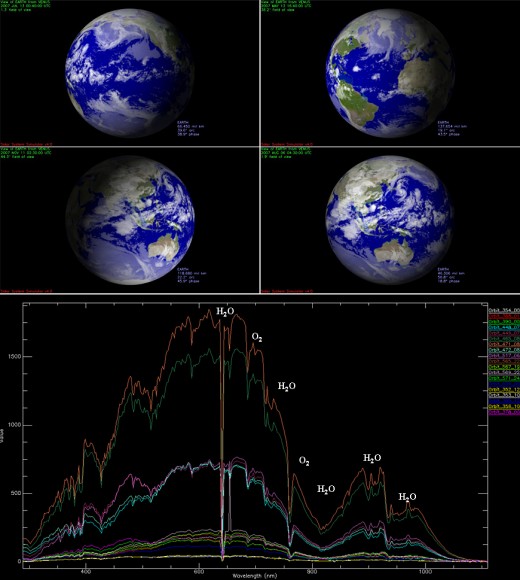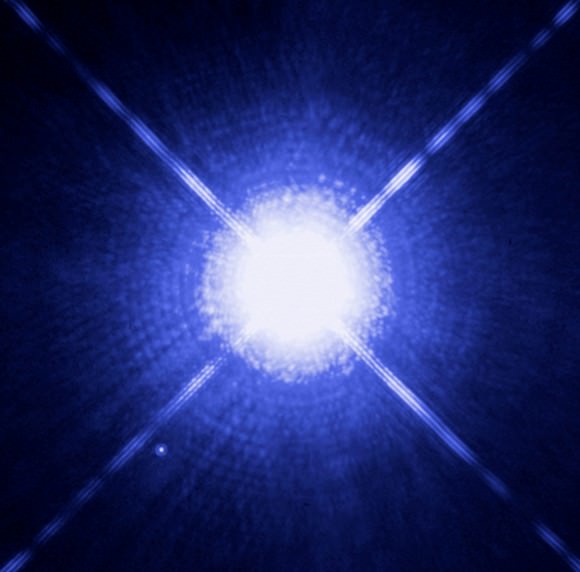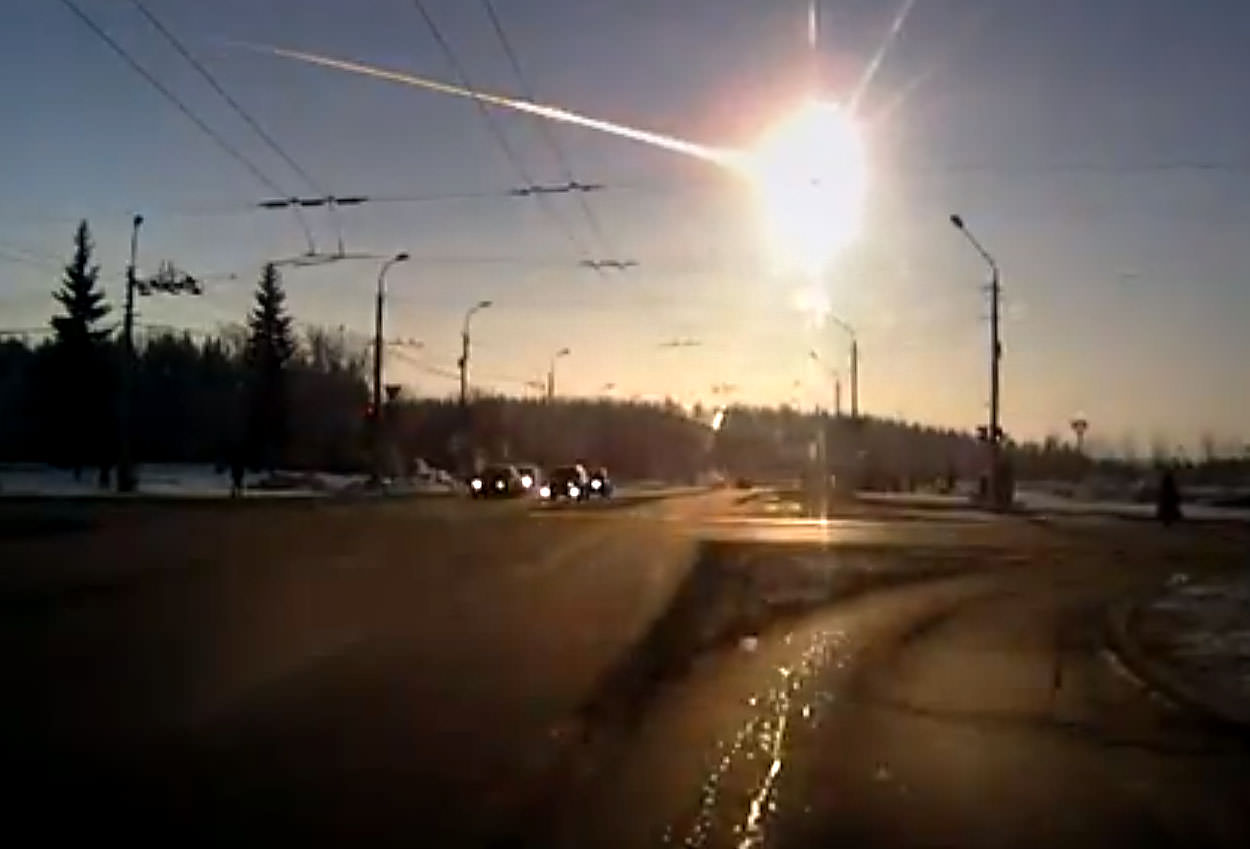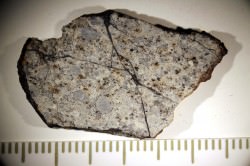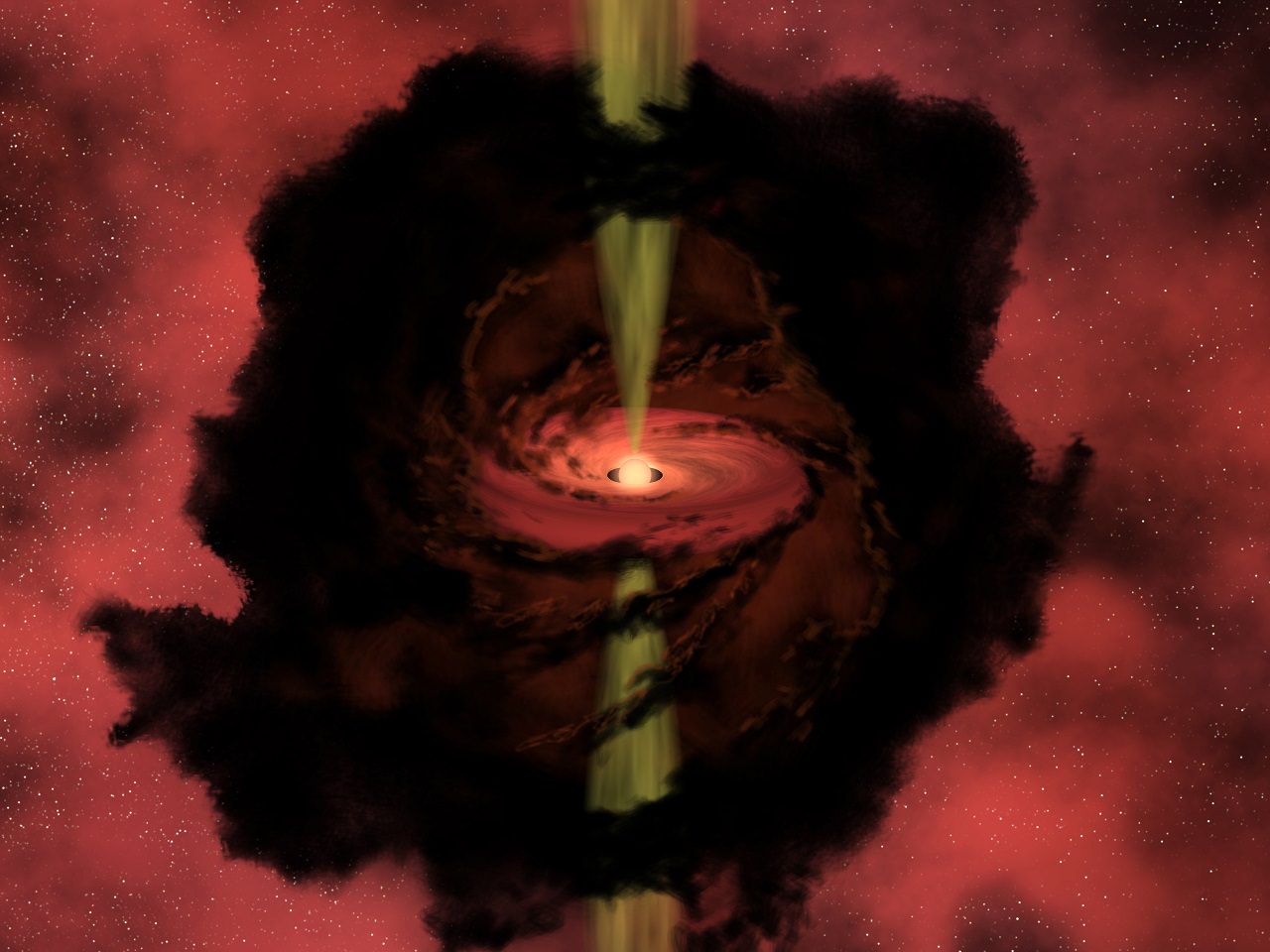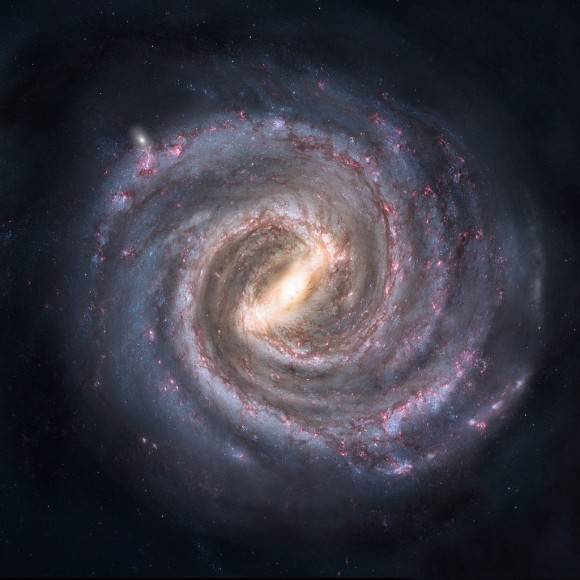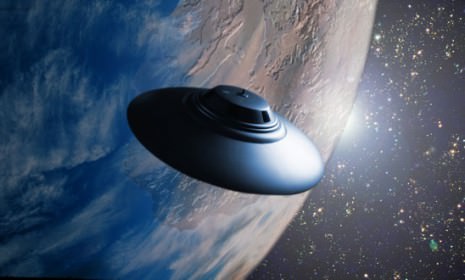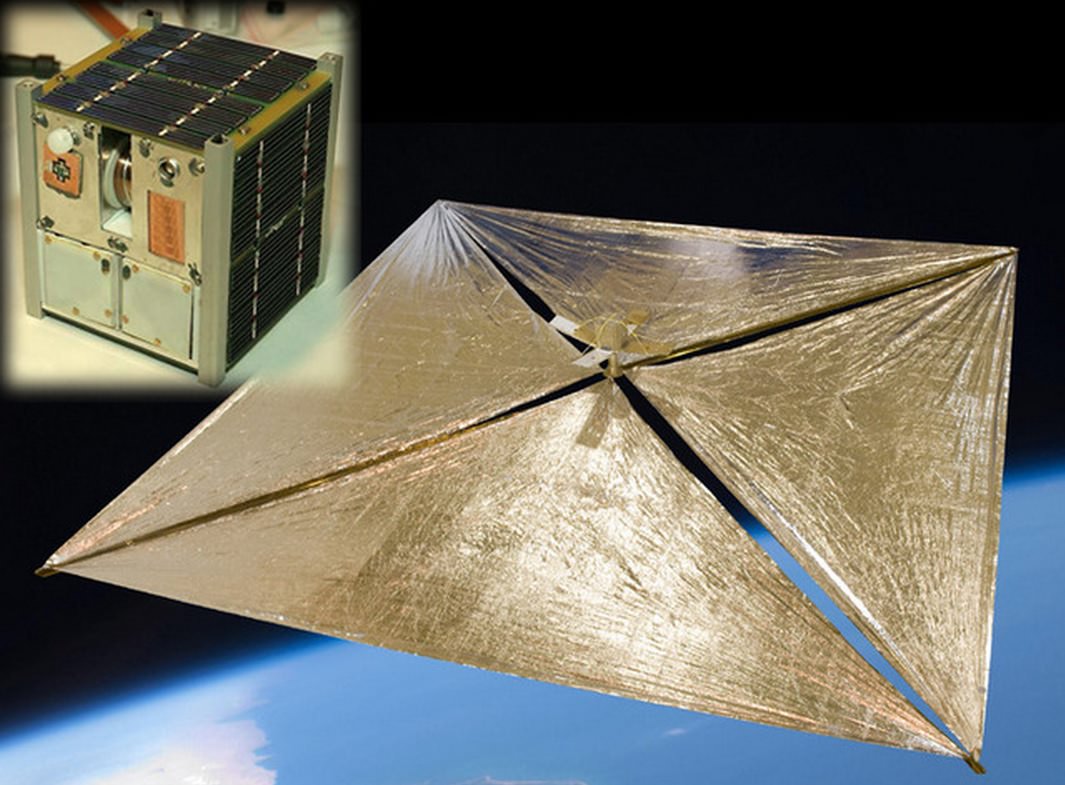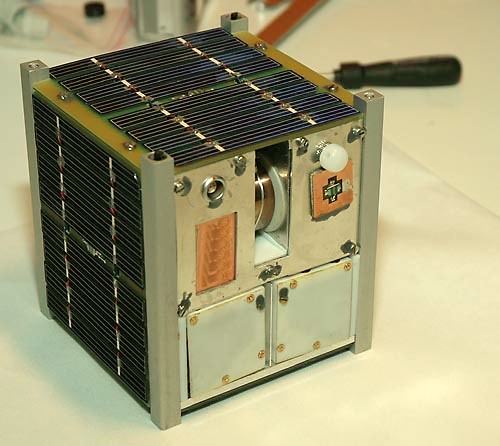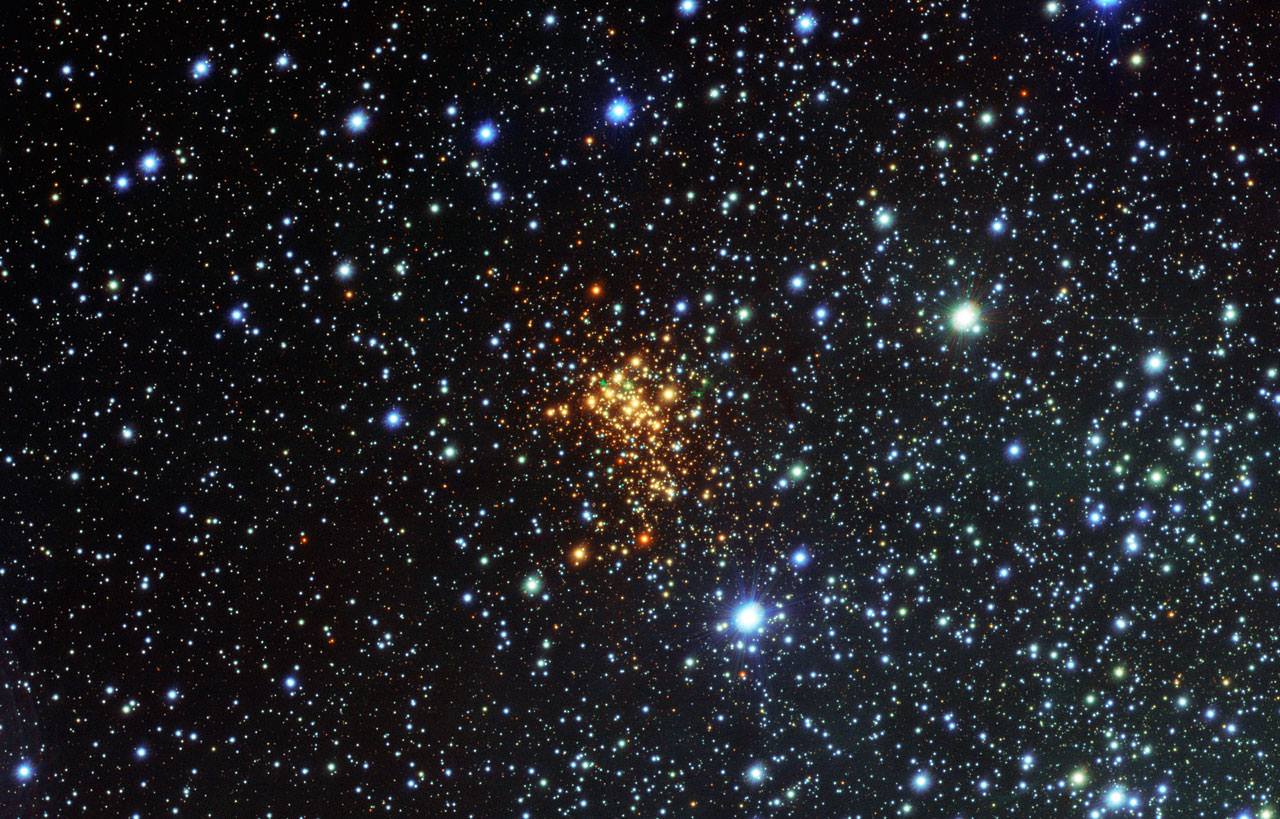A year ago, BASE jumper Felix Baumgartner dove out of a balloon-borne capsule in the stratosphere (not space), 39 kilometers (24 miles) up. It was what I called “part science experiment, part publicity stunt, part life-long ambition,” with Baumgartner attempting to break the speed of sound with his body in a record-setting freefall. He accomplished just that, although many have questioned the usefulness of this “stunt” (read Amy Shira Teitel’s great piece from last year.)
But, in some sense, you gotta admire Baumgartner’s courage.
Red Bull has now released a new full 9.5-minute video of the entire dive, showing several views, including what Baumgartner saw during the dive, along with real-time readouts of his altitude, airspeed, G-force load, heart rate and other data. It’s interesting to watch how he got himself out of the incredible spin he was in, and fun to see how he opened up his visor before hitting the ground.
Here’s what Baumgartner said about the spin in the post-jump press conference last year:
“It started out really good because my exit was perfect, I did exactly what I was supposed to do… It looked like for a second I was going to tumble two more times and then get it under control, but for some reason that spin became so violent over all axis and it was hard to know how to get out of it, because, if you are trapped in a pressurized suit – normally as a skydiver you can feel the air and get direct feedback from the air — but here you are trapped in a suit that is pressurized at 3.5 PSI so you don’t know how to feel the air. It is like swimming without touching the water. And it’s hard because every when time it turns you around you have to figure out what to do. So I was sticking my arm out and it became worse and then I stuck arm out the other side and it became less, so I was fighting all the way down to regain control because I wanted to break the speed of sound. And I hit it. I don’t know how many seconds, but I could feel air was building up and then I hit it.”



